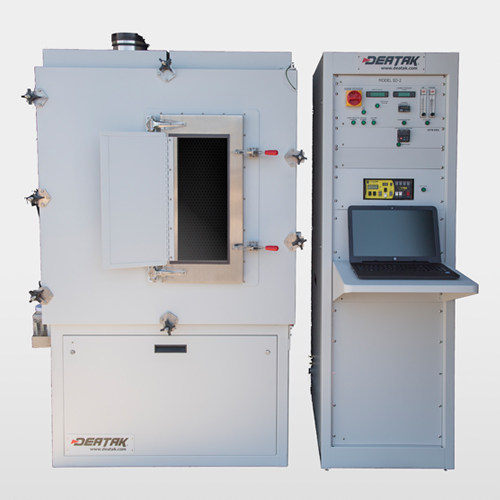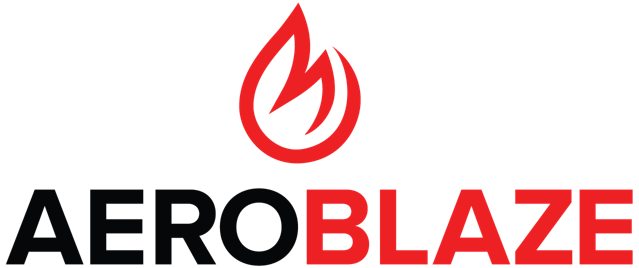Combustion Toxicity
Combustion Toxicity Test* (for aviation)
The Combustion Toxicity test is used by the aerospace/aviation industry to determine the concentration of specific gas components of smoke released by cabin materials during combustion.
Test Methods

*Tested at our partner lab
Test Summary
A test sample is placed in an enclosed chamber and exposed to either radiant heat (non-flaming mode) or radiant heat with a flame (flaming mode). The sample is exposed to heat and/or flame for 4 minutes, after which the gases are collected and analyzed for various chemical compound byproducts. The list of the combustion byproducts measured along with their maximum limits are listed below.
| Combustion Byproduct | Maximum Limit (ppm) |
|---|---|
| Carbon Monoxide (CO) | 3,500 |
| Hydrogen Fluoride (HF) | 200 |
| Hydrogen Chloride (HCl) | 500 |
| Hydrogen Cyanide (HCN) | 150 |
| Sulfur Dioxide (SO2) | 100 |
| Nitrous Gases (NO & NO2) | 100 |
Test Sample Requirements
Test samples must meet the following requirements:
Regulatory Requirements
There are no regulatory requirements for toxicity testing on aircraft. However, some airplane manufacturers require this test internally, such as Boeing (BSS 7239), Airbus (ABD0031/AITM 3.0005), and McDonnell Douglas (DMS 2294).
Products Requiring This Test
Items in transport category aircraft manufactured by Boeing or Airbus may require the Combustion Toxicity Test when they are located in a compartment occupied by the crew or passengers. While there are some exceptions, these items typically include:
Flaming Mode Only
Both Flaming and Non-Flaming Mode
Additional Resources
No additional resources are available at this time.
Ask the Experts

Stuck? Our experts will help you determine the best solution for your needs.
Contact Us